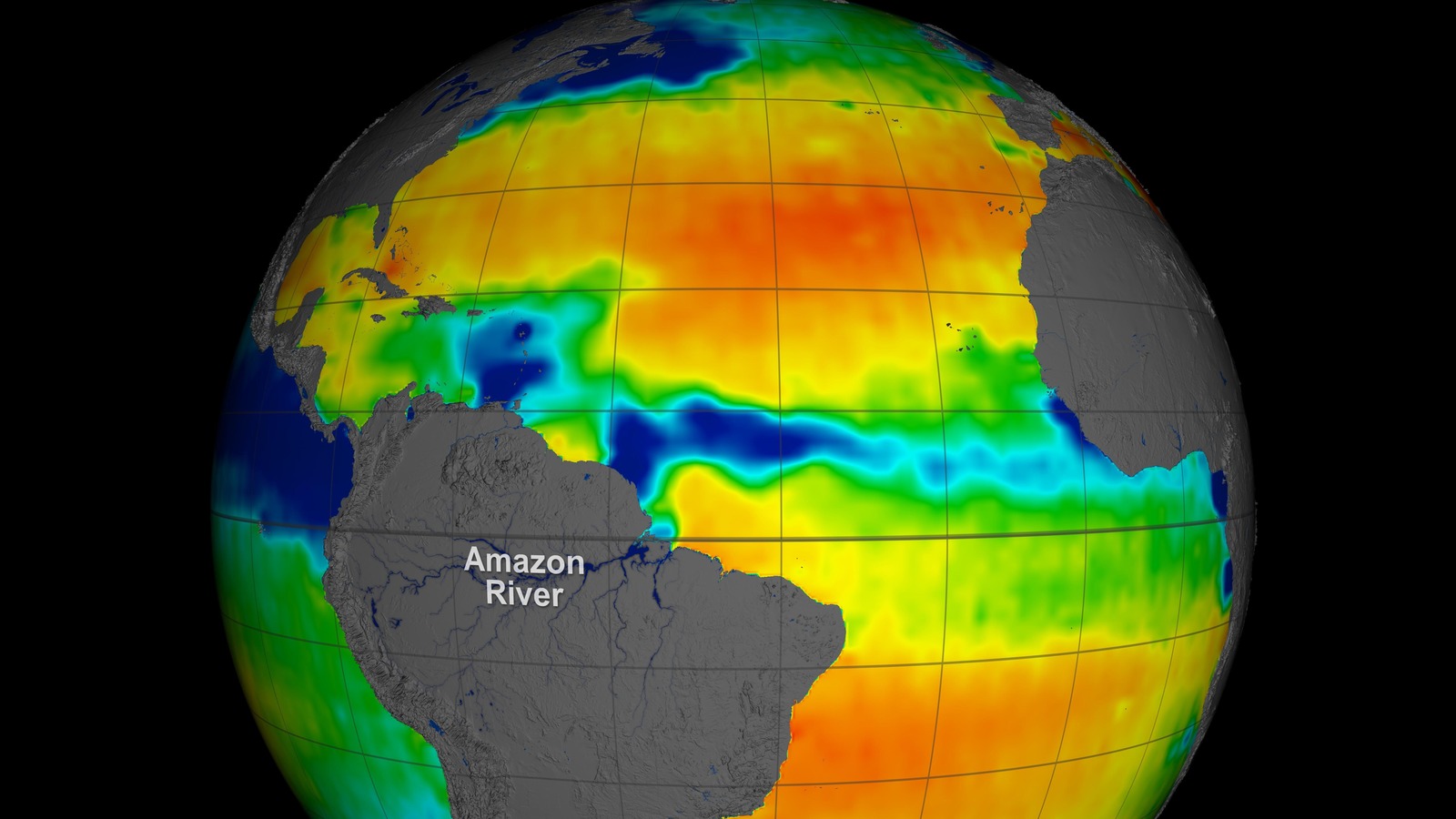Unlocking Ocean Secrets from Space: The Fascinating Tale of Salinity and El Niño

Have you ever wondered how the vast, mysterious oceans reveal their secrets to scientists? It turns out, the answer is streaming from the stars above – or, more accurately, from satellites orbiting our Earth. One of these pathfinders, Aquarius, took to the skies in 2011 with a mission to measure the salinity of the sea’s surface. It’s kind of like a cosmic detective, using radiometers to pick up clues in the form of microwave radiation changes that whisper tales of the ocean’s salinity.
The Evolution of Oceanic Exploration
Since Aquarius embarked on its journey, the technology for peering into the depths of our planet’s oceans has leaped bounds. Exciting new quests like the European Space Agency’s Soil Moisture and Ocean Salinity (SMOS) mission, along with NASA’s own Soil Moisture Active Passive (SMAP) mission, have continued this saga. Picture this: a trio of high-tech explorers, flickering through the void to bring back high-resolution data that paints a global picture of ocean salinity over the past decade.
Coastal Waters: Humanity’s Frontline
Researchers, with their eyes on the horizon, have zoomed in on coastal waters – the bridge between land and the deep blue. It’s here, where humanity clusters, that the pulse of our planet’s water cycle beats the strongest. These regions, intimate with urban shores, are under the microscope for signs of planetary shifts.
A Dance of Salinity: The Annual Rhythms
The investigation revealed a dance of salinity that ebbs and flows with the seasons. In the coastal arenas, salinity reaches its crescendo in March, only to softly diminish to its quietest refrain by September. This rhythm, unique from the broader ocean’s tune – which sees salinity peaking slightly earlier and dipping between July to October – underscores the pronounced impact of the coastal on the global stage. And guess who’s leading this dance? None other than El Niño, with its climatic choreography strongly linked to the yearly salinity fluctuations along our shores.
What does this mean for us? “With coastal salinity acting almost as a herald, it’s sounding the alarm on changes rippling through the water cycle,” muses scientist Fournier. Imagine salinity not just as a measure, but as a storyteller, forecasting the unfolding chapters of our planet’s environmental tale.
Isn’t it astounding how from the far reaches of space, we’re uncovering the intricacies of our oceans, getting to know our home a little better? With satellites as our scouts, we continue to peel back the layers of the great blue, unveiling the connections that bind the sea, sky, and the rhythm of life on Earth.




